There’s nothing better than browsing through old holiday photos during a long cold winter.
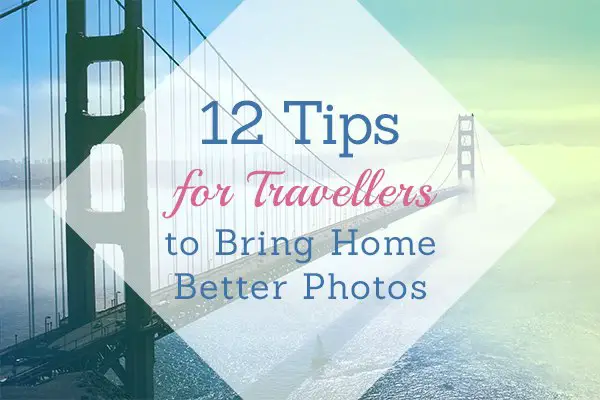
Capturing the joy of our friends and family as they explore new cities and lands is priceless – travel photography is just as about the subjects as it is about the surroundings.
Here are top 12 tips for travellers to help you make the most from your trip and document it beautifully on your photos.
Research the location
Before you depart, it’s a good idea to research the location. Have a look at practical guidebooks to learn as much as you can about your destination. Don’t forget about the web. You’ll find a wealth of useful tips on thematic websites and forums.
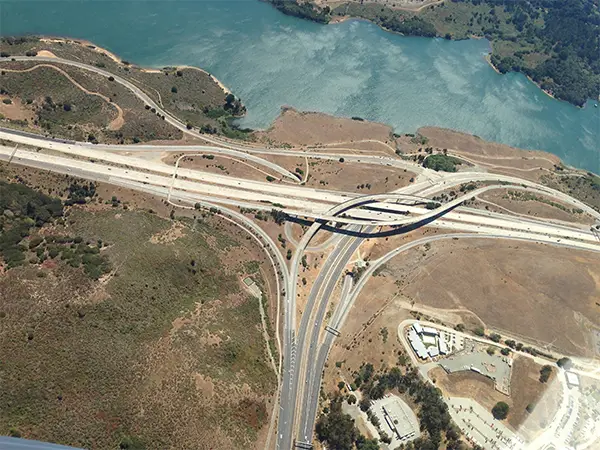
Make sure to be prepared for potential problems in accessing attractive locations or specific rules about photographing local attractions.
Make sure to pack the essentials
This point is obvious, but still important – during your travel, you won’t have access to all technological appliances you have at home. First, remember to take chargers for your camera and mobile phone – with relevant travel adapters!
Take your laptop or tablet with you. It will be perfect for sending your images to your friends, but also for basic picture editing. You can choose, delete and back up the photos you like most. A portable hard drive is another essential to help you make backups and never lose your photos.
Wake up early
There’s nothing better than early mornings in new locations. You’ll have time to look around with no tourists blocking your way and then catch the most interesting attractions in the best light. Beautiful spots won’t be crowded and no tourist will spoil your photos.
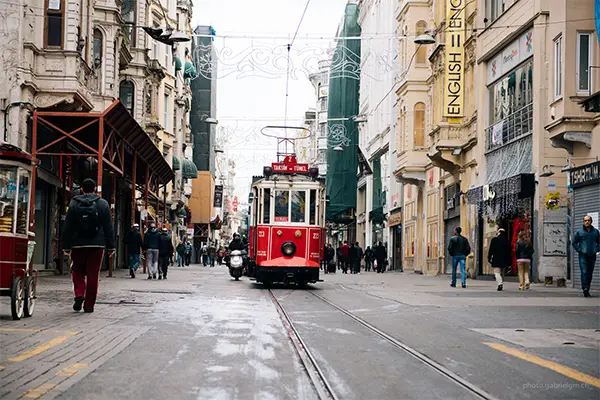
Choose your subject
When choosing a suitable subject for your photos, don’t expect yourself to just stumble upon a great spot. It’s a really good idea to investigate what lies in front of you and attempt to see it in a deeper way that just looking.
Perceiving your surroundings with photography in mind, you’ll be able to see through, beyond and around the image displayed on the screen. They say perception is the key to taking great pictures – owning an expensive camera isn’t.
Consider composition
Creative composition is generally a tough element to tie down, but with photography it’s often the question of instinct. When you see a beautiful landscape graced by a wonderful light, you’ll feel a compulsion to own that moment. You’ll be able to do it only if you choose the right composition.
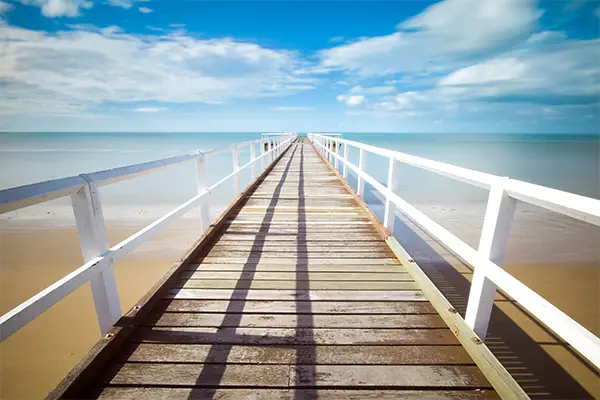
One way to do it is to follow the Rule of Thirds in composing your pictures. Split your photo into an imaginary grid of nine squares. You’ll see that the best place for your subject is at the intersection of the lines of the grid, the corners of the middle square. This rule was formulated way before the emergence of the first photographic cameras and was widely used by painters and artists. It simply works!
Play with perspective
It often happens that an average photo could have been a great one if you’ve just moved a few inches here and there, or pointed your camera in a slightly different way. When you find an inspiring subject for your photo, try to capture it from as many angles and perspectives as possible – by reframing and showing it from a different perspective, you’ll be on your way to create unique pictures that no other tourist has ever made.
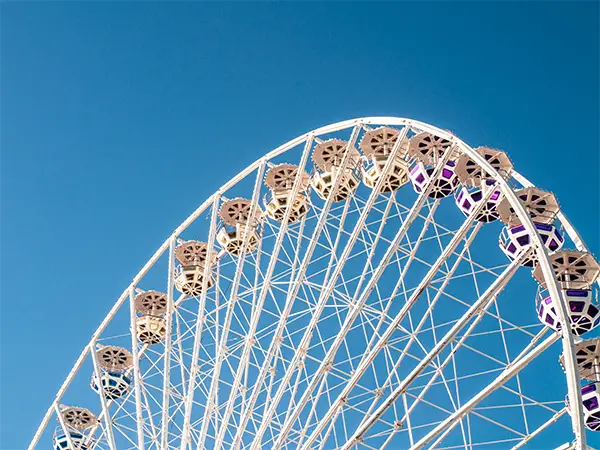
You can move a few steps forward or backward, crouch down, stand on an elevated point or shift to one side or the other. As a photographer, you have full control over how you capture your subject – if you just stand in front of it like a robot, your photos will always reflect it.
Use linear subjects
When taking your pictures, you can use lines to draw the eyes of the viewer towards your subject. A classic example of this strategy is the end-of-the-pier picture, which always captures the attention of viewers.
Other great linear subjects are roads, railway tracks, corridors, elevators, steps that look up or down and very tall buildings.
The light
Light is crucial in photography and if you use it smartly, you’ll be able to create amazing scenes. When taking pictures under a hard summer light, keep your subject in the shade – otherwise you risk overexposed images with harsh shadows.
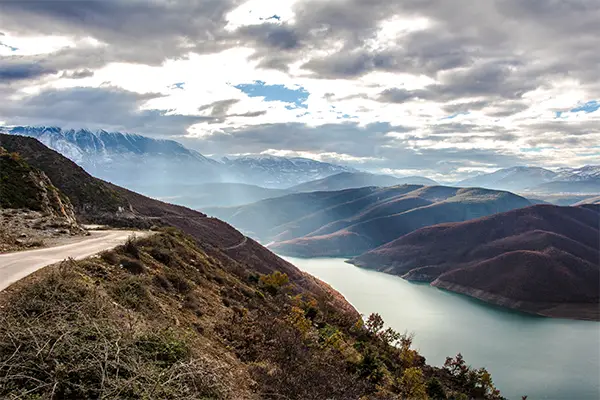
Surprisingly, the soft light during a cloudy day is much better – but you’ll get the best, glowing light at sunrise and sunset.
Sensitivity
Now it’s time to play with the manual settings of your camera. Sensitivity is measured by ISO. The higher the ISO, the more sensitive the camera sensor will become, which is excellent for low light situations where a flash isn’t an option. Using a high ISO on a sunny day is a mistake – it will make your pictures overexposed.
Shutter Speed
Another key aspect is your shutter speed, especially if you capture subjects that move. It’s measured in fractions of a second and basically indicates how long you keep the ‘window’ open.
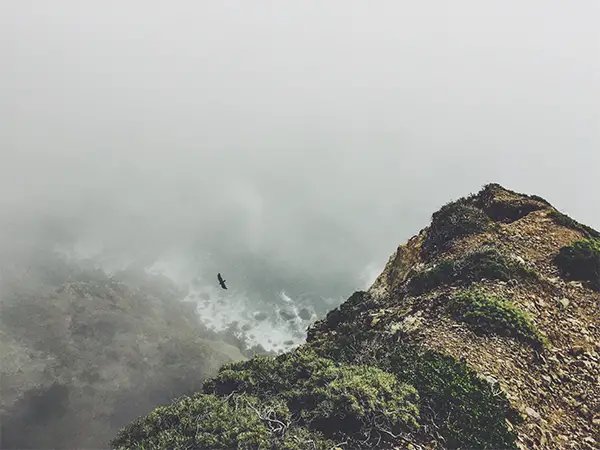
If you set up a fast speed, you’ll only see snaps – in slower speed, you’ll be able to capture movement. Even though movement is represented as blurred image, it looks great in action shots of events or traffic shots.
If you are looking for a travel tripod, here is a good resource.
Pay attention to corners and edges
What you leave and what you keep in your photo is really important. By focusing on the central subject of your frame, you might be missing out on some great opportunities – for instance, if you just zoomed in on someone’s face, you might miss out on the monkey trying to steal their fruit in the right corner.
Include signage in your frames
When visiting foreign lands, it’s a good idea to take pictures that include signage. From picturesque shop signs and newsstands featuring local newspapers to names of fruit and vegetables scribbled by farmers in their language and local city signs, all those forms will help you to create an atmosphere in your photos, giving them a certain sense of place.
These rules are your gateways to amazing holiday pictures you will browse through with pleasure in the years to come.
Make sure to read Photodoto’s previous guide on travelling.









Wow !!! Great tips for travelers. Love the idea. Thanks for sharing.